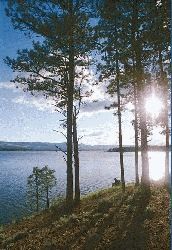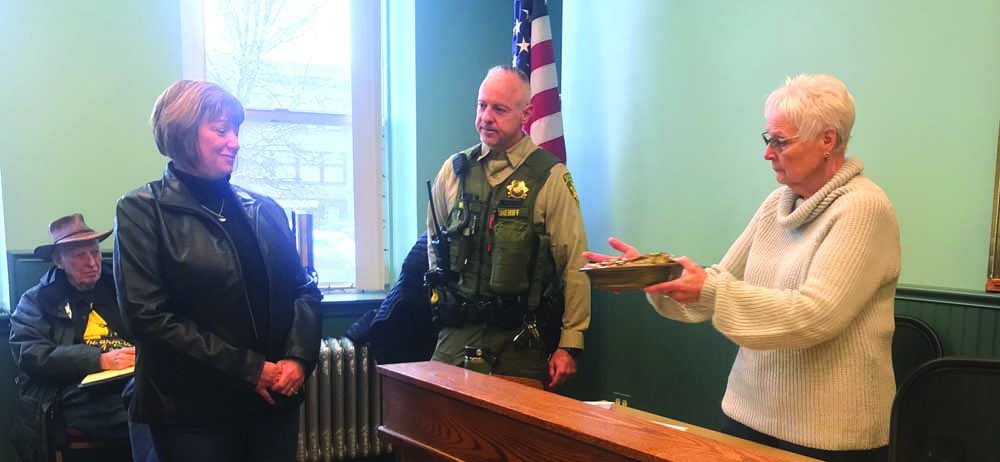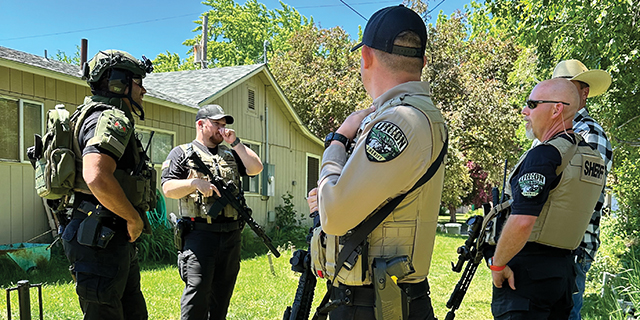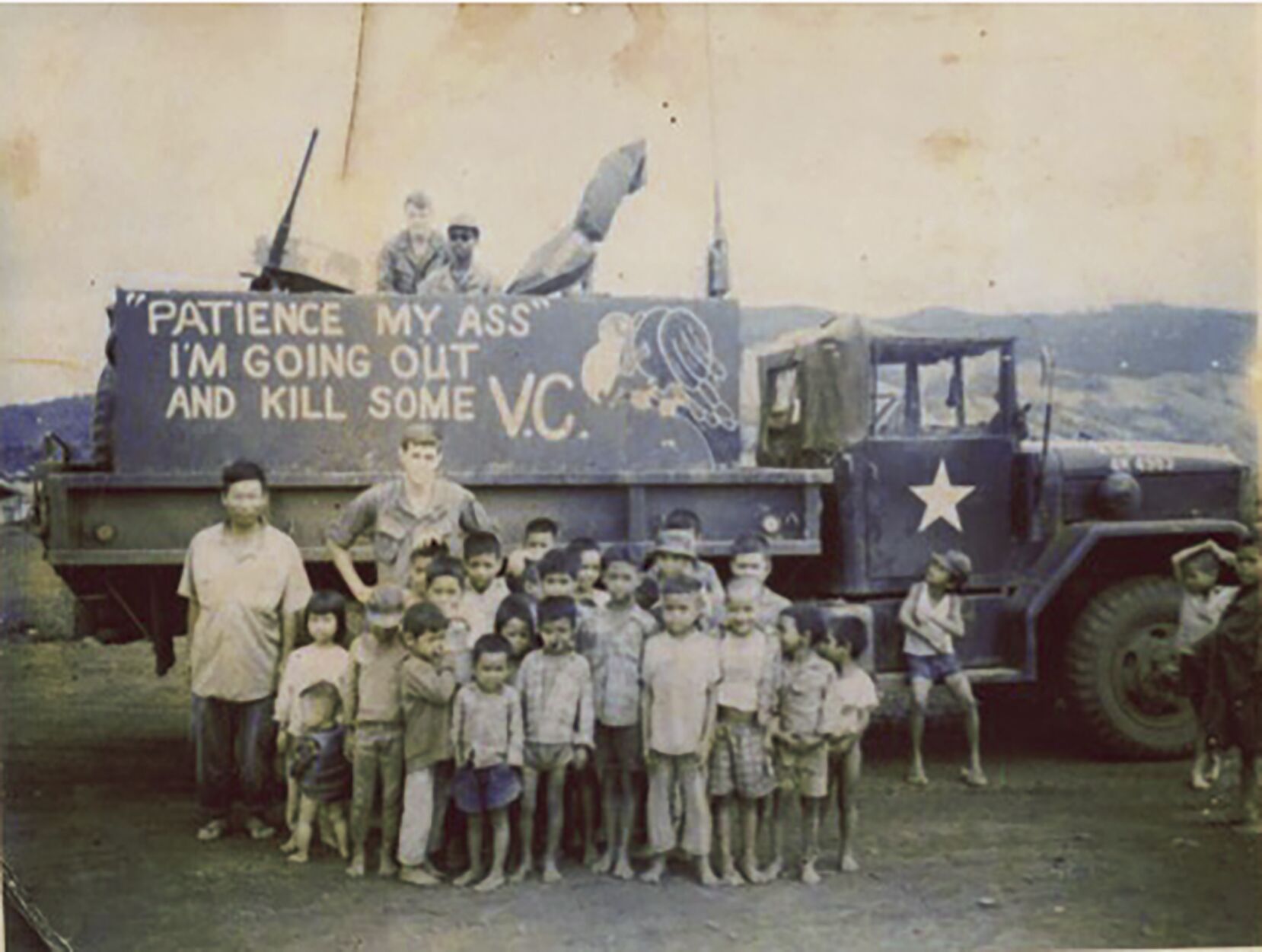Forest recreation sites underreview for possible changes
Published 12:00 am Thursday, February 22, 2007

- Phillips Reservoir offers fishermen the opportunity to catch trout, perch and bass. Access to picnic and fishing is afforded easily at Union Creek Campground. The Wallowa-Whitman National Forest plans to continue having a private company run the campground, which is the largest on the Wallowa-Whitman. Forest officials have discussed charging a fee to use the boat ramp on the north shore of the reservoir near Mason Dam. (Baker City Herald file photo/S. John Collins).
THE ISSUE: How the Wallowa-Whitman National Forest will manage 135 recreation sites, including campgrounds, picnic areas and trailheads
WHAT HAPPENED: Forest officials have proposed changes for more than half the 135 sites, ranging from replacing outdated outhouses to closing campgrounds to increasing fees
WHAT’S NEXT: The Wallowa-Whitman wants to know what people think about its proposals; for more information, call Dan Ermovick, the forest’s recreation planner, at 523-1250
By JAYSON JACOBY
Dan Ermovick has 135 places to figure out what to do with, and many of them involve outhouses.
Ermovick’s job title is recreation planner for the Wallowa-Whitman National Forest a role which, considering all those restrooms, clearly isn’t limited to such obviously recreational matters as hiking and hunting and having a picnic in the shade of a ponderosa pine.
One of Ermovick’s main tasks during the past year has been to assemble a list of andquot;recreation sitesandquot; on the Wallowa-Whitman, including campgrounds, trailheads and picnic areas, and then ponder how many of those 135 sites the forest can afford to maintain, and to what extent.
Wallowa-Whitman officials haven’t made any decisions.
What they have done is compile a of proposals which might, over the next decade or so:
o Make it easier for people who are in wheelchairs to visit a Wallowa-Whitman campground by installing accessible restrooms and other facilities.
o Reduce the number of campsites in several campgrounds, among them Bird Track Springs near La Grande, and Two Color, West Eagle and Eagle Forks in the southern Wallowas.
o Remove all amenities, including picnic tables, toilets and fire rings, from several campgrounds, including McBride near Halfway and Oregon near Unity; camping would still be allowed, for free, at McBride, but Oregon campground would be converted to a day use site and trailhead.
o Raise the fee to stay in some campgrounds, and lower or eliminate the fee in others; at still other sites that are free now, the Wallowa-Whitman might start charging fees.
o Offer private companies a chance to run more than 30 campgrounds and other sites which the Wallowa-Whitman manages now.
Ermovick emphasizes that these ideas are merely proposals the Wallowa-Whitman won’t yank picnic tables and outhouses from campgrounds without first telling people that it intends to do so, and asking people whether they like the plan or not.
andquot;This just puts something on paper for people to look at and comment on,andquot; Ermovick said.
Putting that something on paper was quite an undertaking on the Wallowa-Whitman, which, at 2.3 million acres, sprawls across more space than any of the 18 other national forests in Oregon and Washington.
Further complicating the chore for Ermovick and his colleagues is the Forest Service’s liberal definition of andquot;recreation site.andquot; The Wallowa-Whitman’s catalog, for instance, ranges from Union Creek Campground, which has among its accouterments flush toilets, drinking water faucets and electric outlets for motor homes, to a single wooden sign at Whitney that outlines the history of that ghost town near Sumpter.
Ermovick said Wallowa-Whitman officials actually tallied 203 recreation sites on the forest.
But 78 of those were sufficiently simple that sign at Whitney is an example that officials decided there’s no need to study them in detail, Ermovick said.
Those sites cost little or nothing to maintain an important distinction because the Wallowa-Whitman’s recreation budget isn’t likely to grow, Ermovick said.
In fact that budget’s been shrinking for the past few years, at a rate of about 5 percent to 10 percent per year, he said.
The Wallowa-Whitman’s recreation budget for the current fiscal year is about $1.1 million, Ermovick said.
As for the remaining 135 recreation sites, of which 27 are on the Baker Ranger District, Wallowa-Whitman workers looked at each one with a couple of goals in mind.
First, officials listed repairs or other work that might be needed at each site. This is where those outhouses frequently come in. Ermovick said many of the Wallowa-Whitman’s wooden outhouses are outdated structures that aren’t wheelchair-accessible and can pollute water sources.
Second, Wallowa-Whitman officials ranked the sites based on how closely each one meets the forest’s andquot;recreation niche.andquot;
Or, in more direct terms, what attributes lure people to the Wallowa-Whitman?
andquot;Our recreation niche is a combination of what the Wallowa-Whitman National Forest can uniquely offer and what forest visitors enjoy the most when they come here,andquot; Ermovick said.
Officials, with help from a consultant, sliced that niche into four distinct pieces:
o andquot;Showing off its striking scenery.andquot;
o andquot;Access out the front door and into the backcountry.andquot;
o andquot;Offering a high-desert oasis.andquot;
o andquot;Providing available history.andquot;
Union Creek Campground earned a high rating because it’s on the shore of Phillips Reservoir (high-desert oasis), it’s close to the historically significant Sumpter Valley Railroad and mining districts. Also the view of the Elkhorn Mountains is quite fetching from the reservoir’s south shore.
Plus, Union Creek doesn’t strain the Wallowa-Whitman’s budget because a private company operates the campground. In return, the company pays a portion of the fees its collects to the Wallowa-Whitman.
The Forest Service calls these companies andquot;concessionaires.andquot;
Just six recreation sites on the Wallowa-Whitman are run by concessionaires now Union Creek campgrounds and its two neighbors on the opposite side of Phillips Reservoir, Southwest Shore and Millers Lane; and the Anthony Lakes Complex, which consists of Anthony Lake, Mud Lake and Grande Ronde lake campgrounds.
But forest officials have proposed to possibly boost the number of concessionaire-run sites to more than 35 over the next five years.
In addition, the Wallowa-Whitman’s strategy calls for charging fees at more than a dozen sites that are free now the paved boat ramp on Phillips Reservoir just above Mason Dam, for instance.
Ermovick said the idea is to add the boat ramp to the list of sites where visitors must have a Northwest Forest Pass. The pass costs $30 per year and is good at hundreds of trailheads and picnic sites in Oregon and Washington.
Forest officials also have proposed to install a gate at the road that leads to the boat ramp so they can limit winter use and reduce vandalism, Ermovick said.





